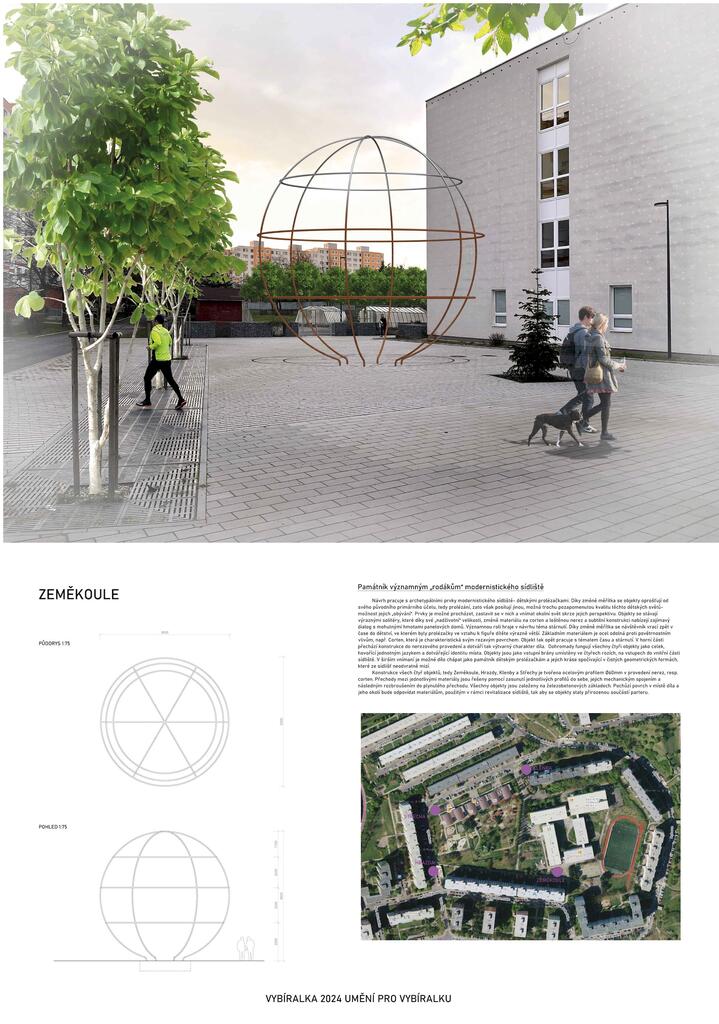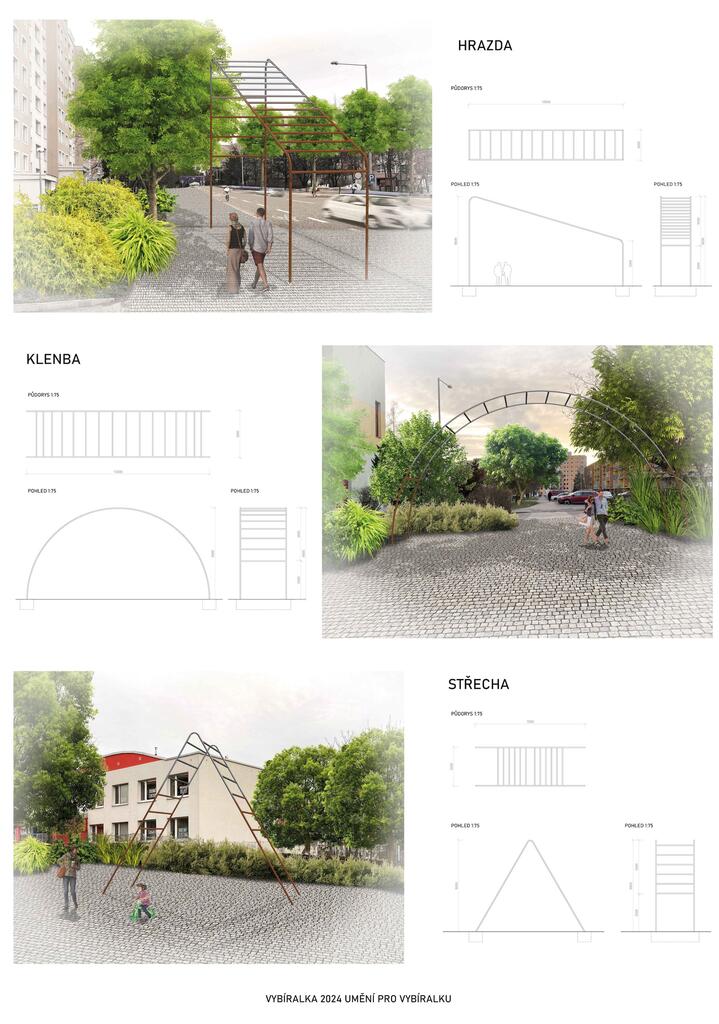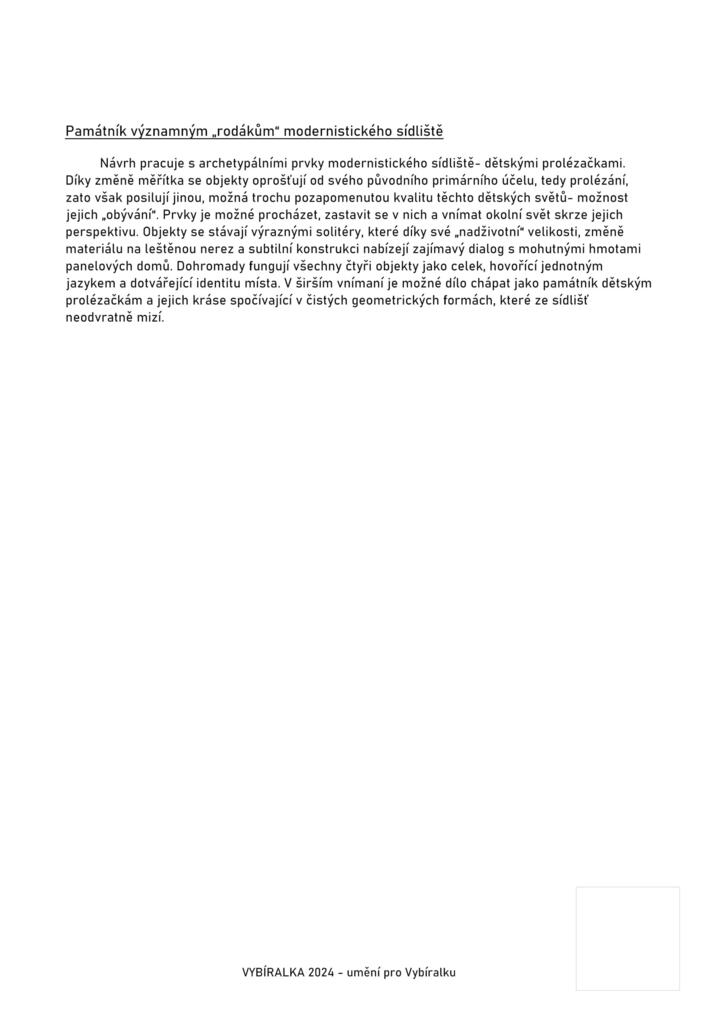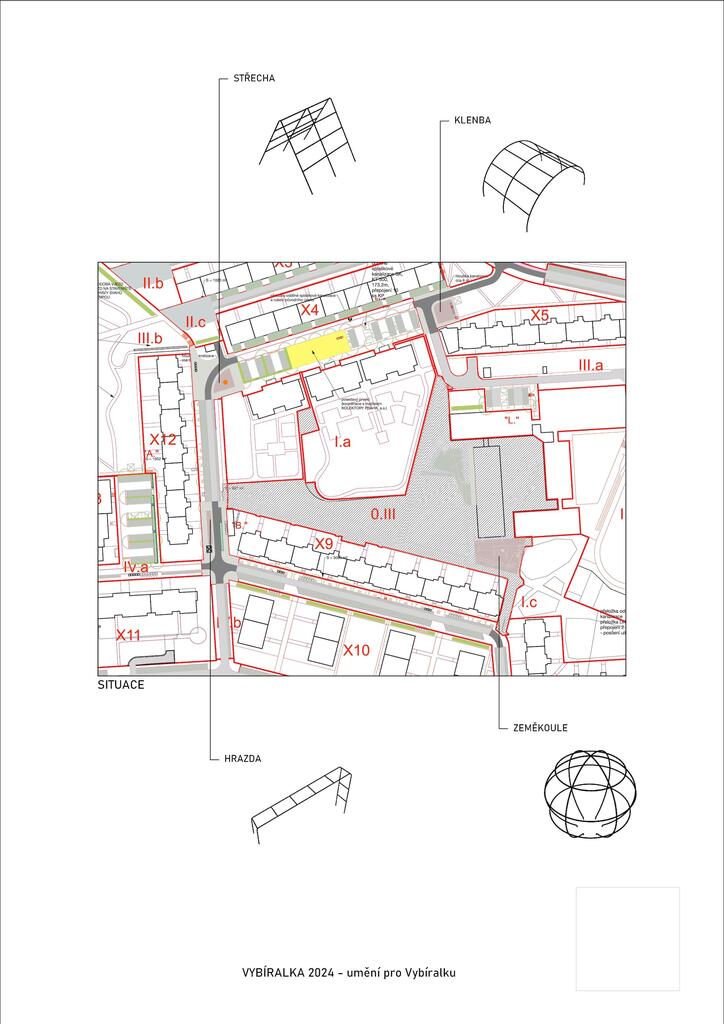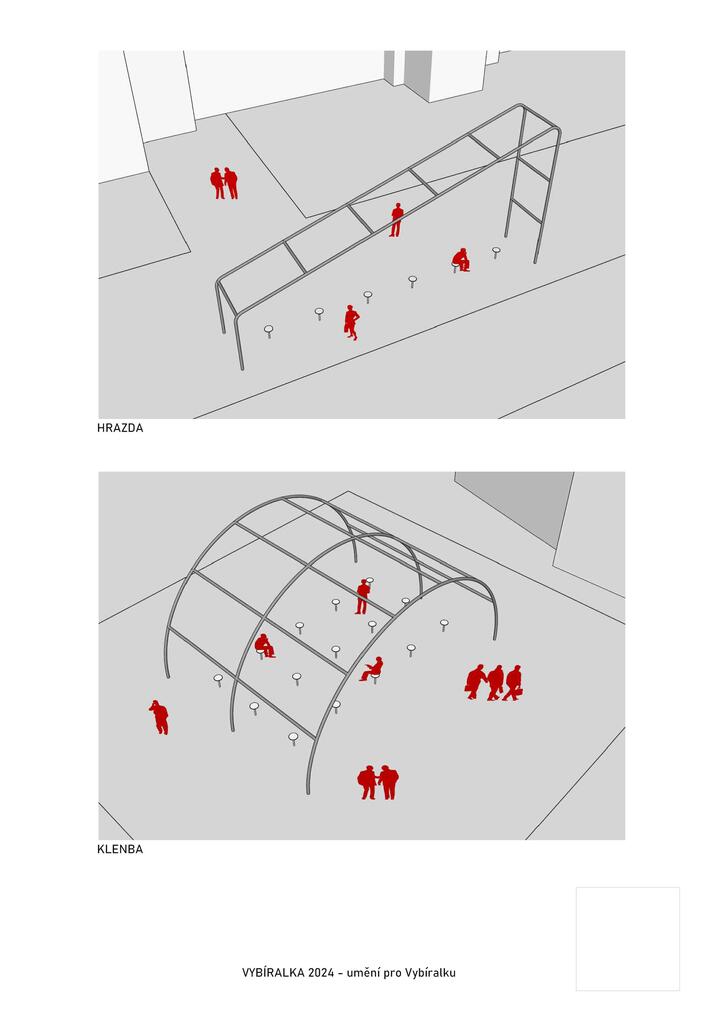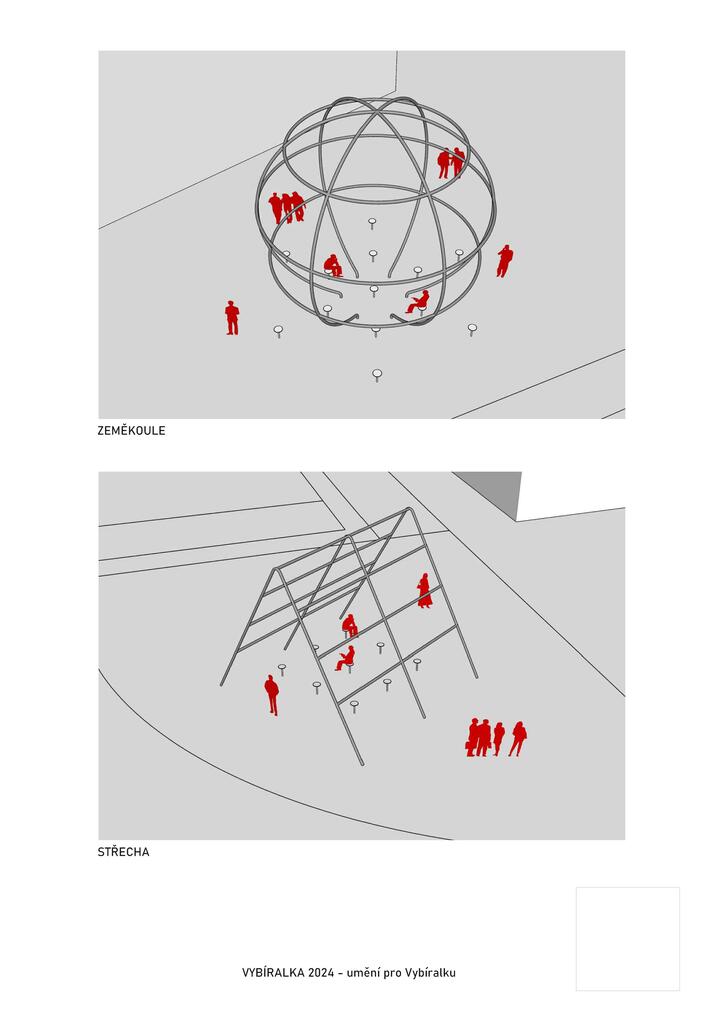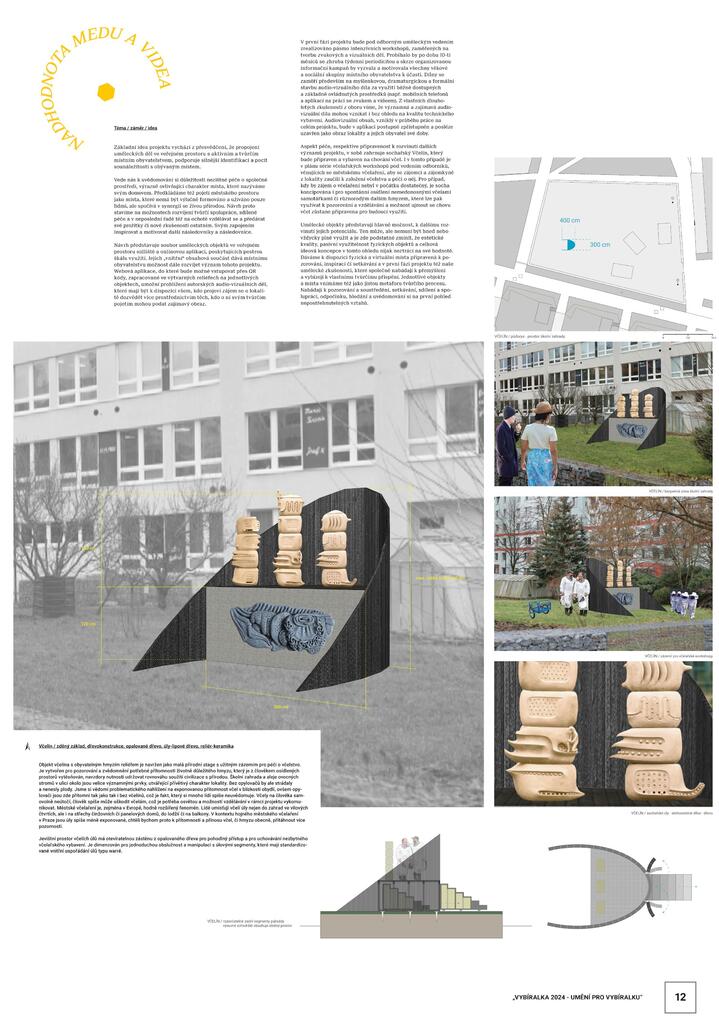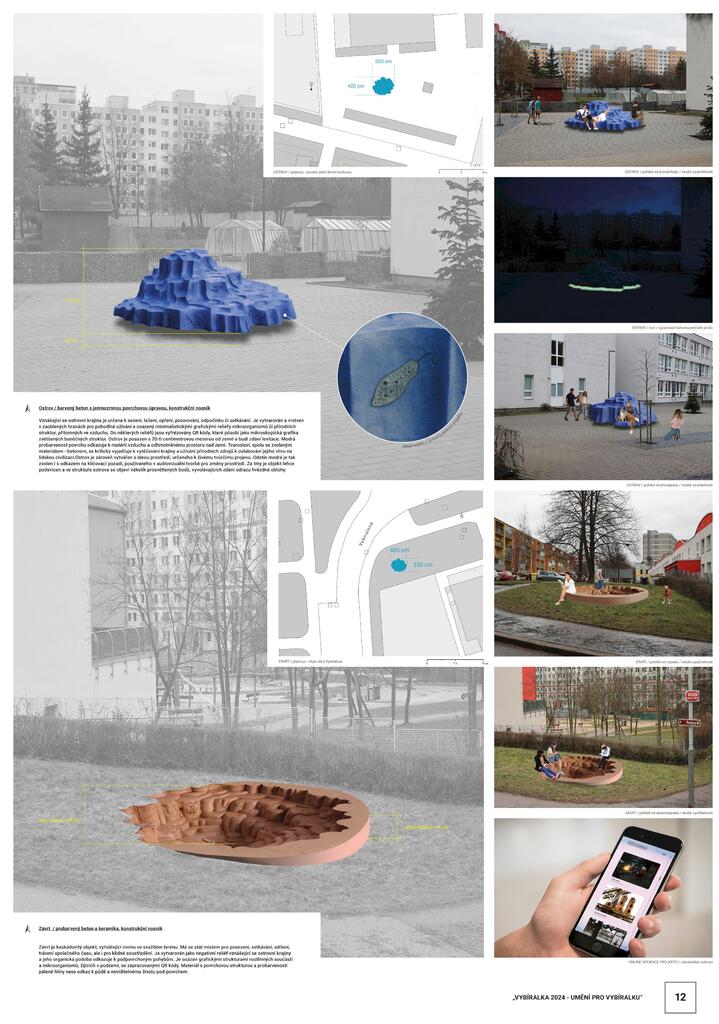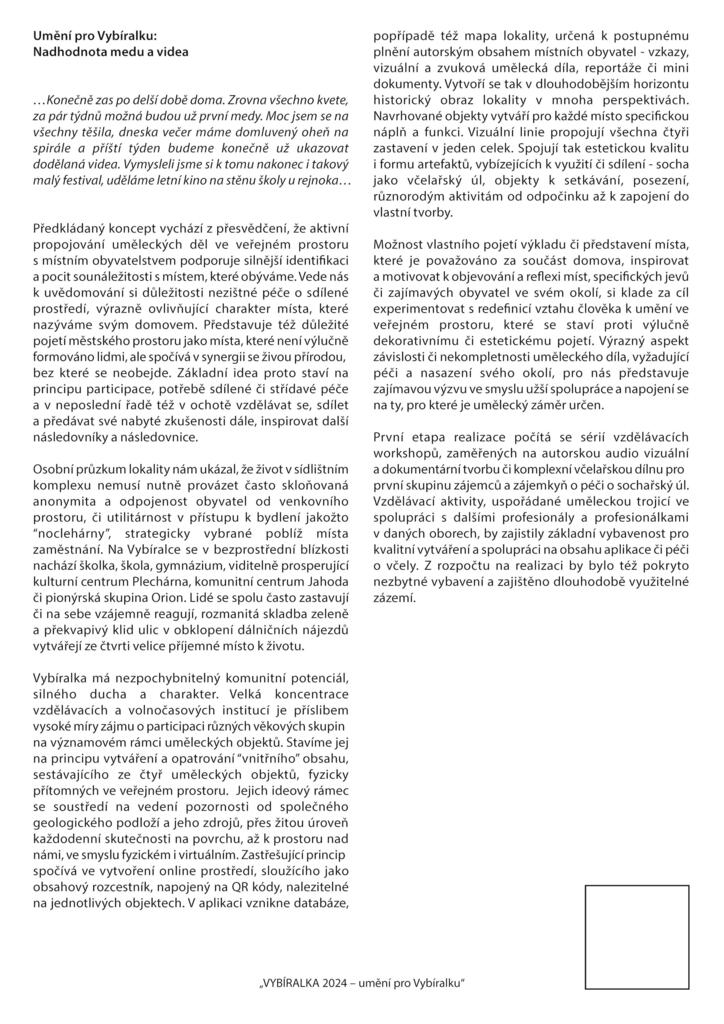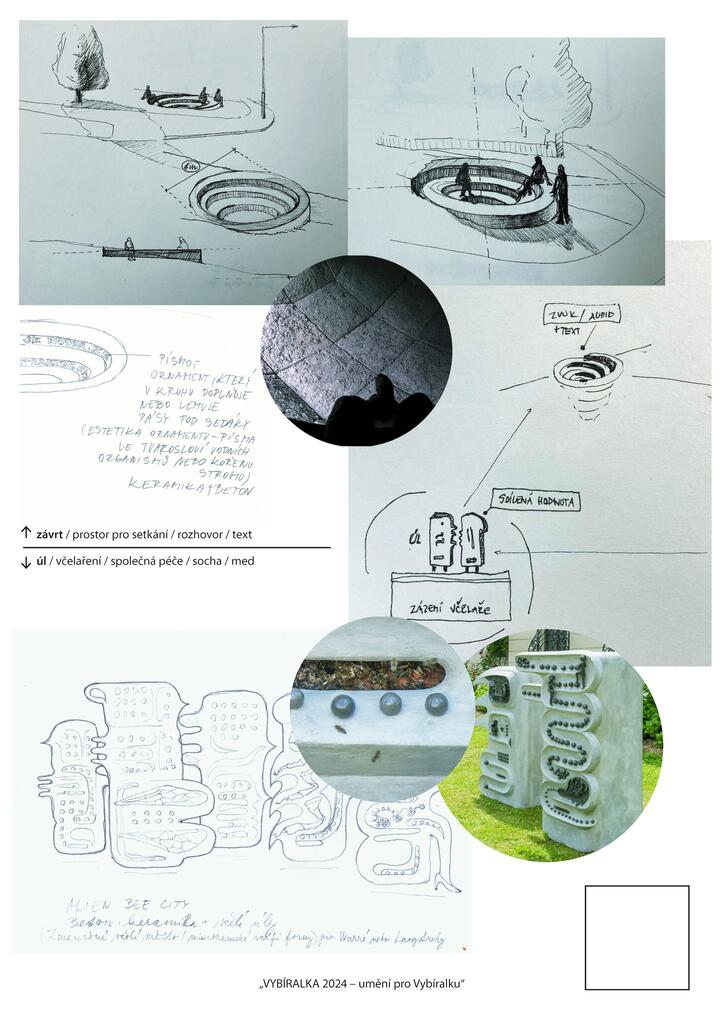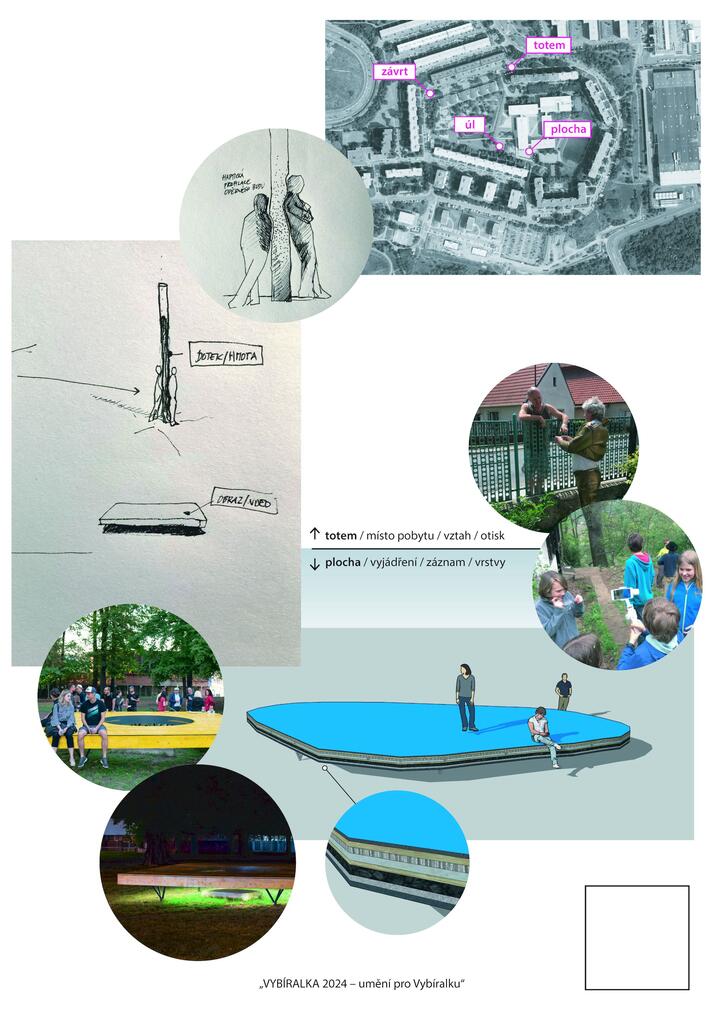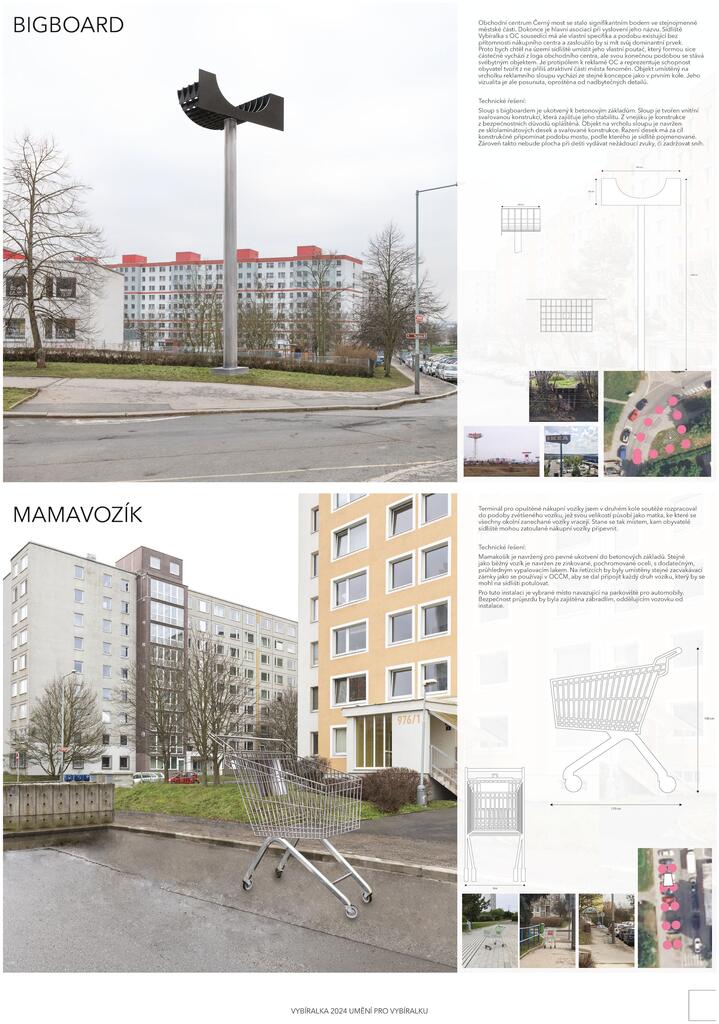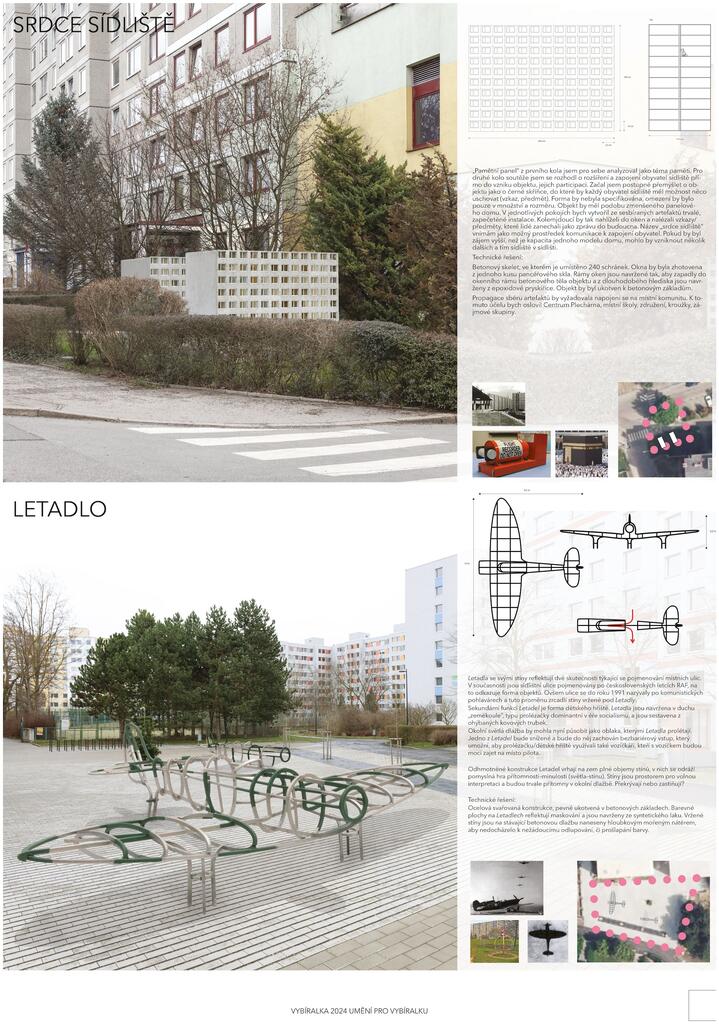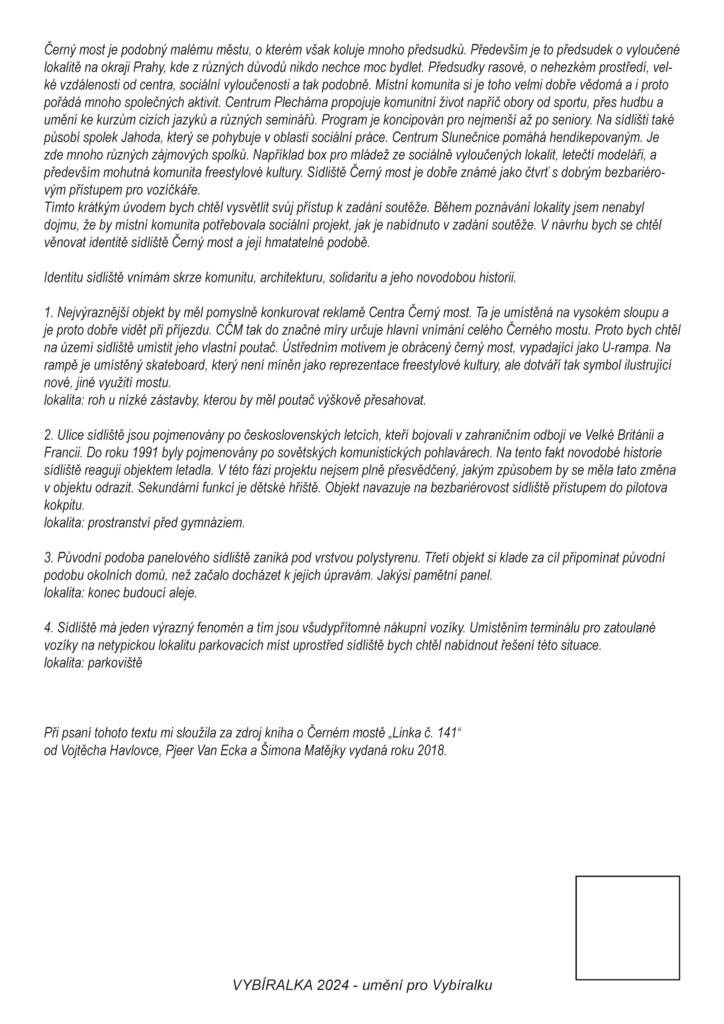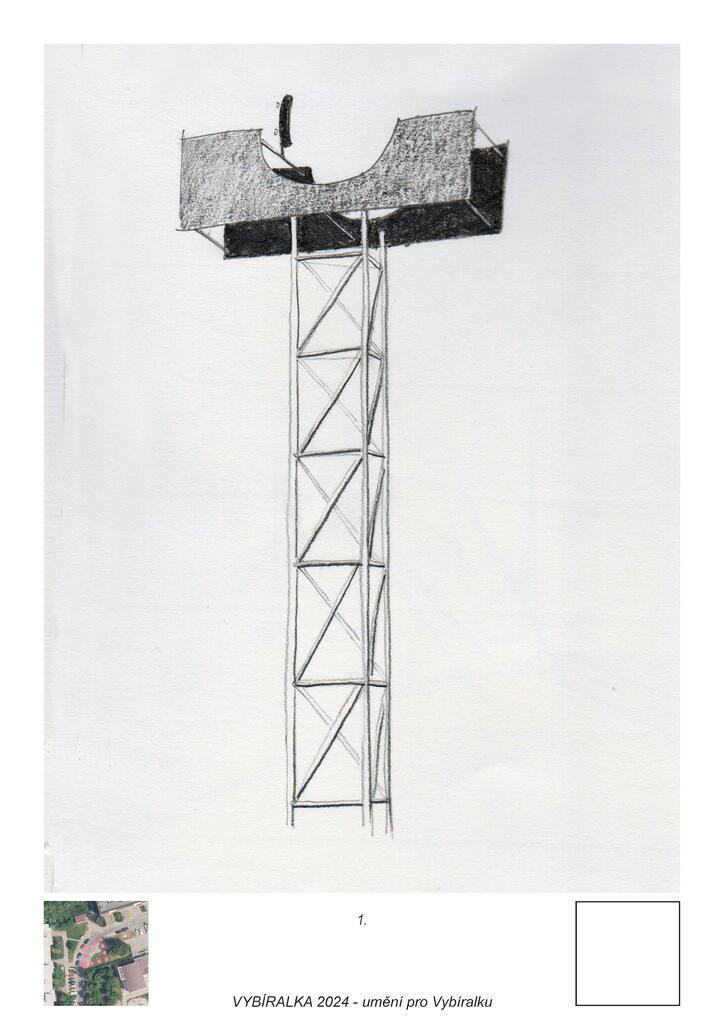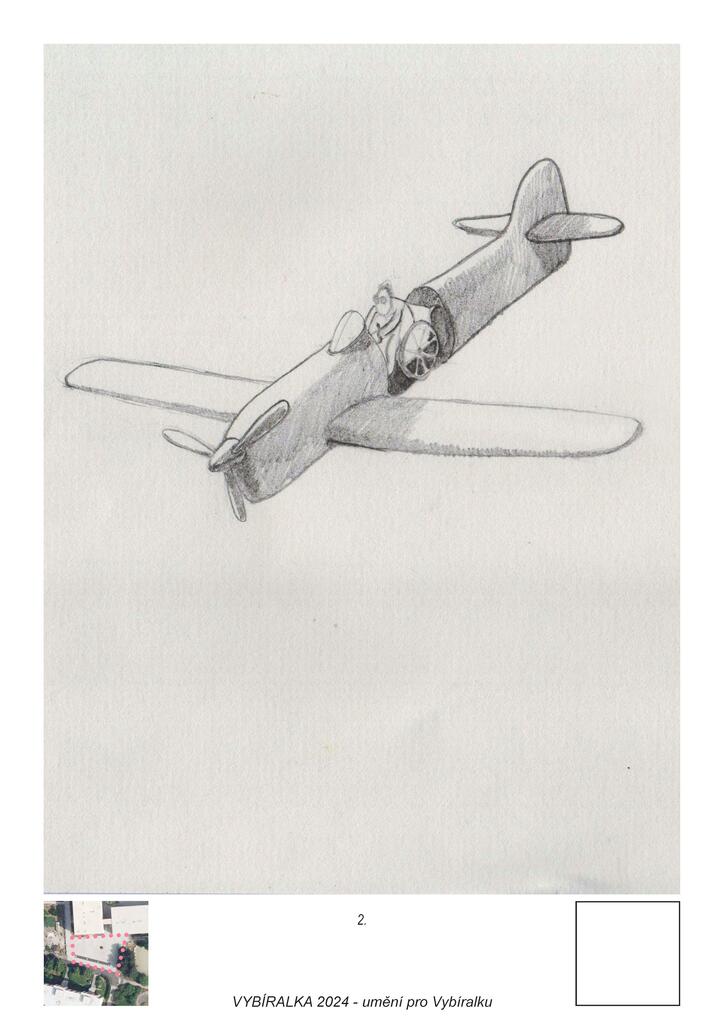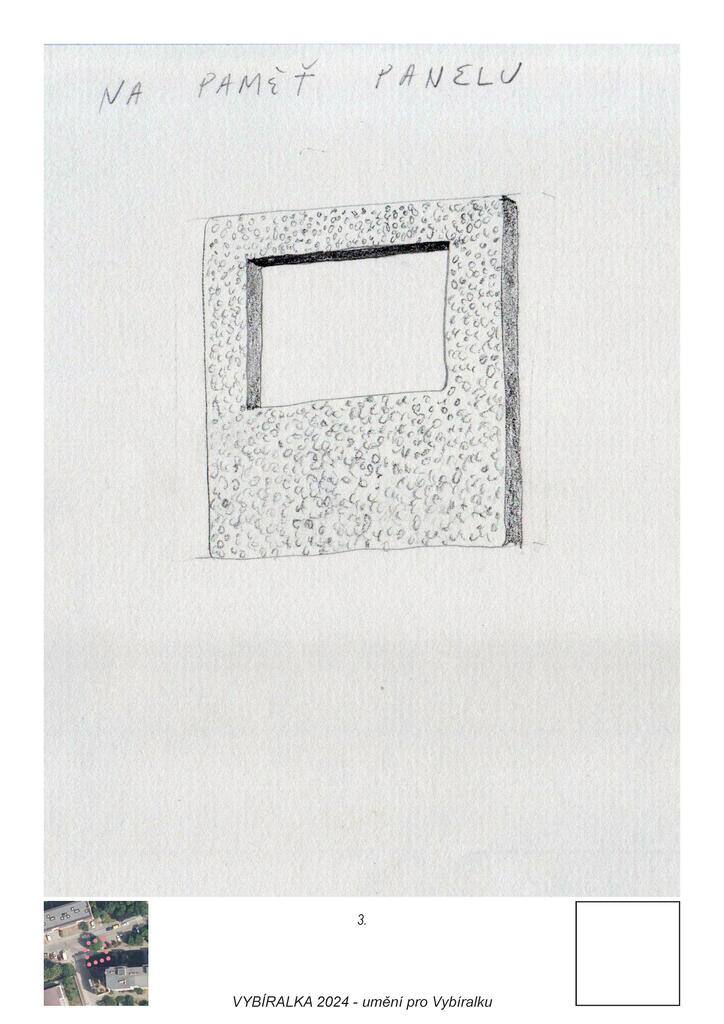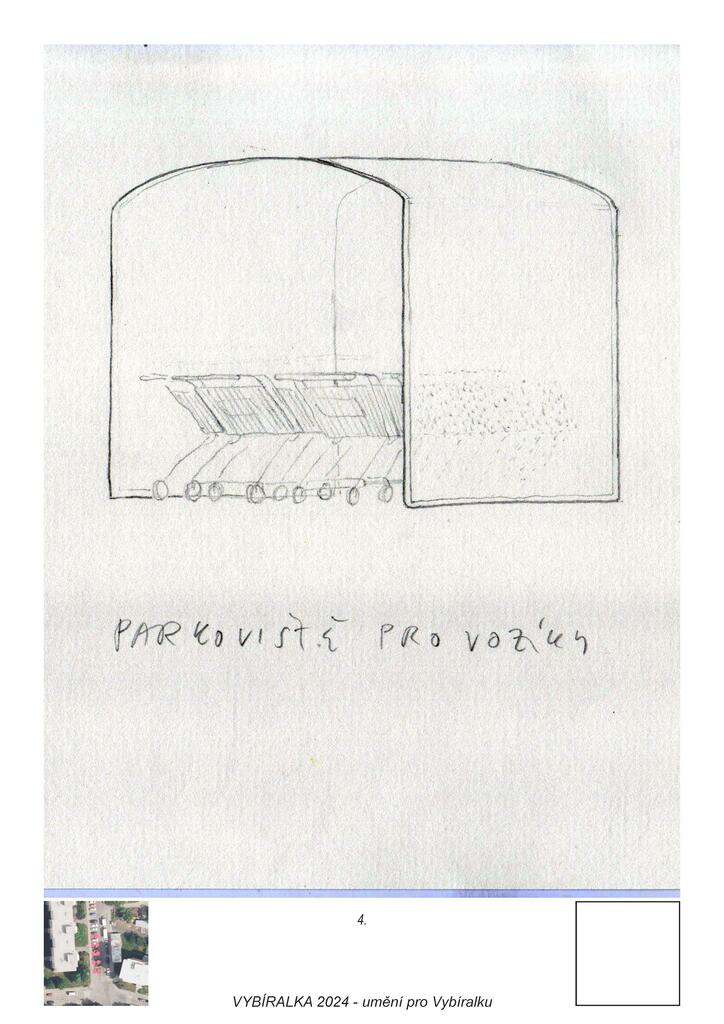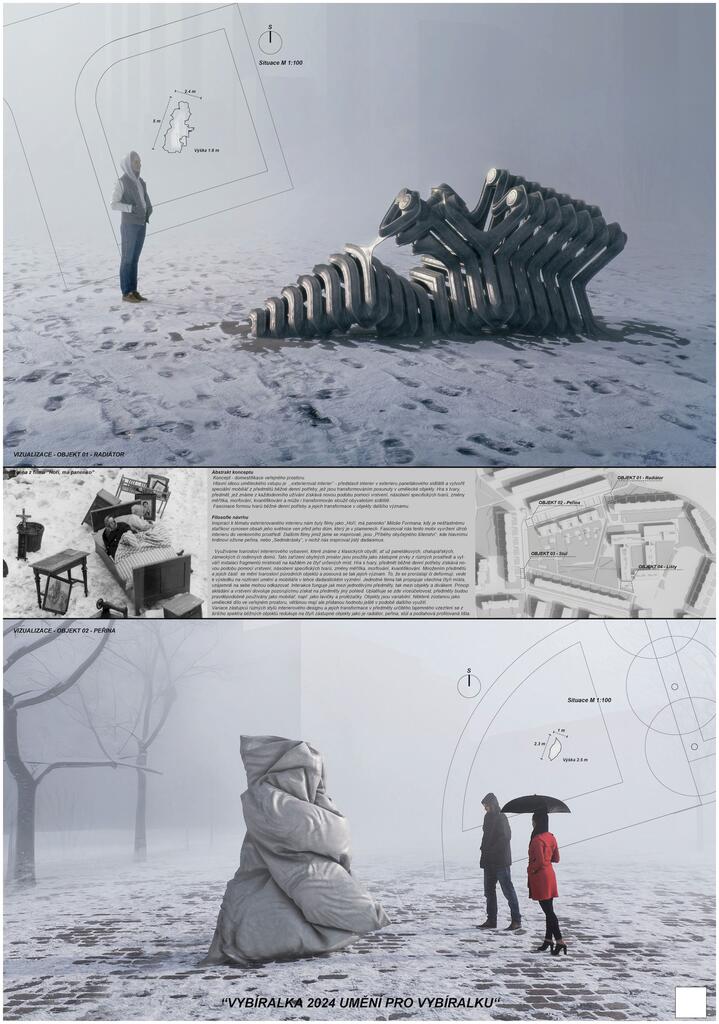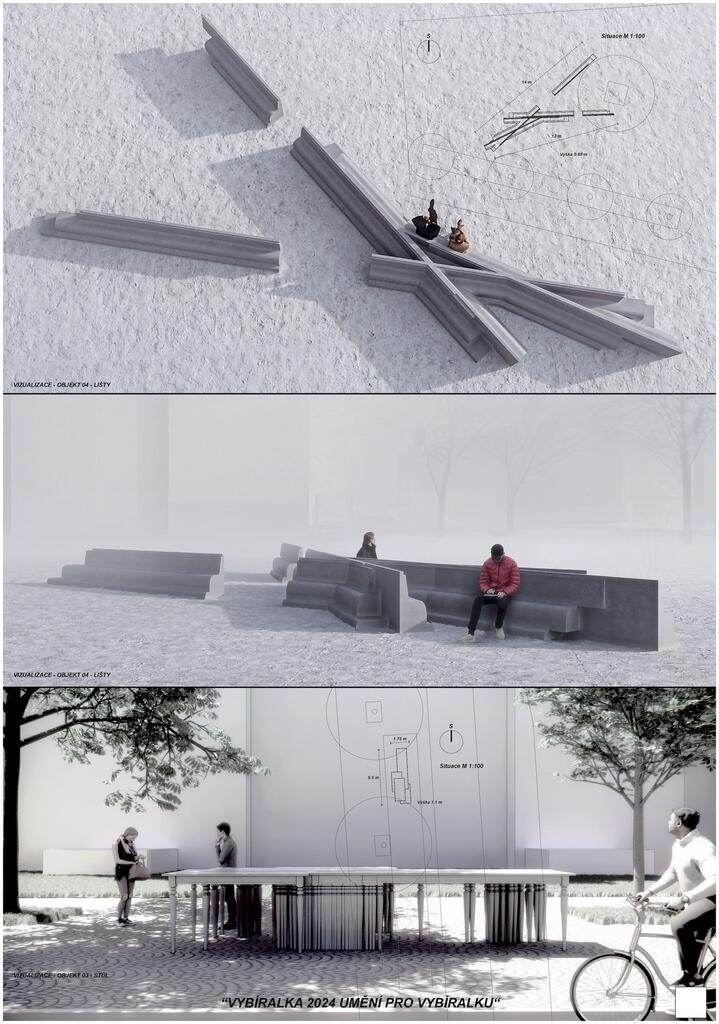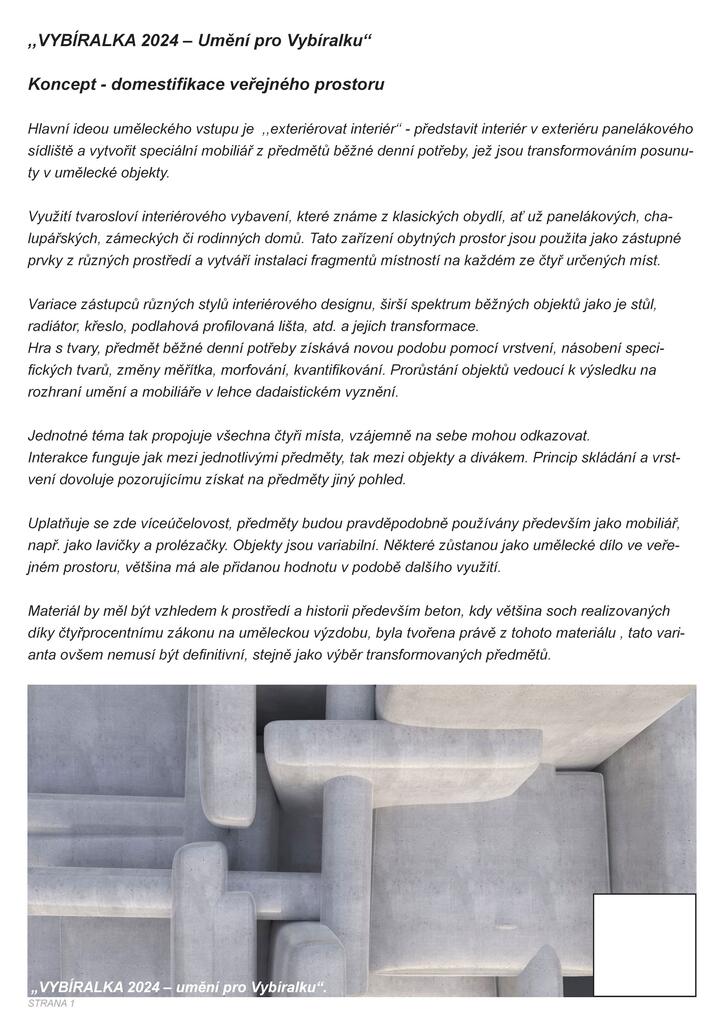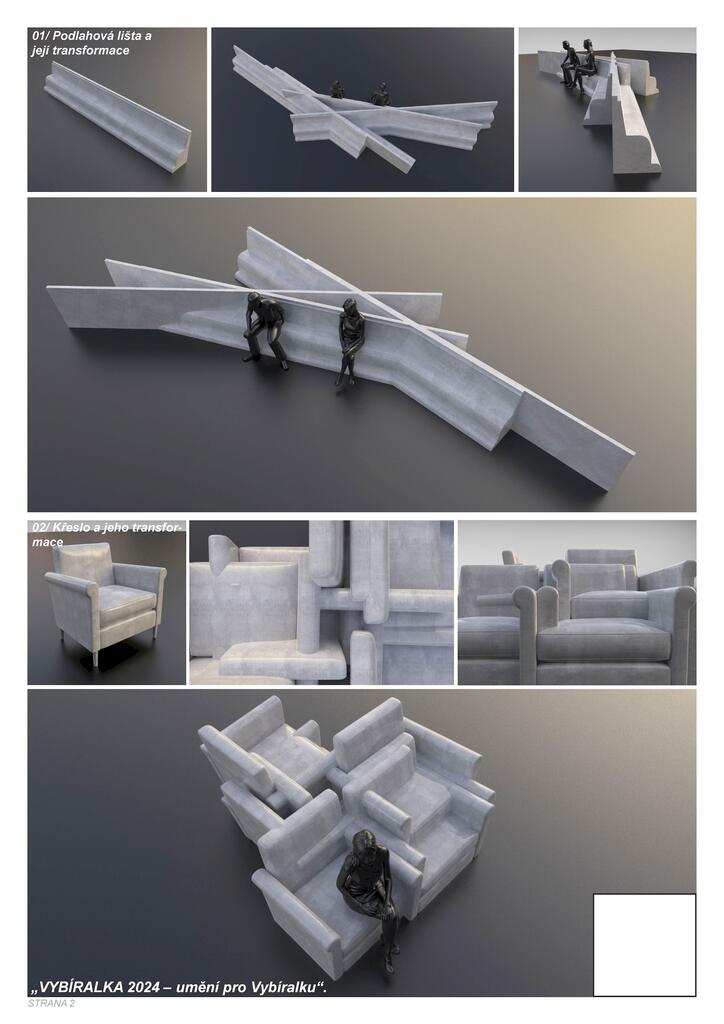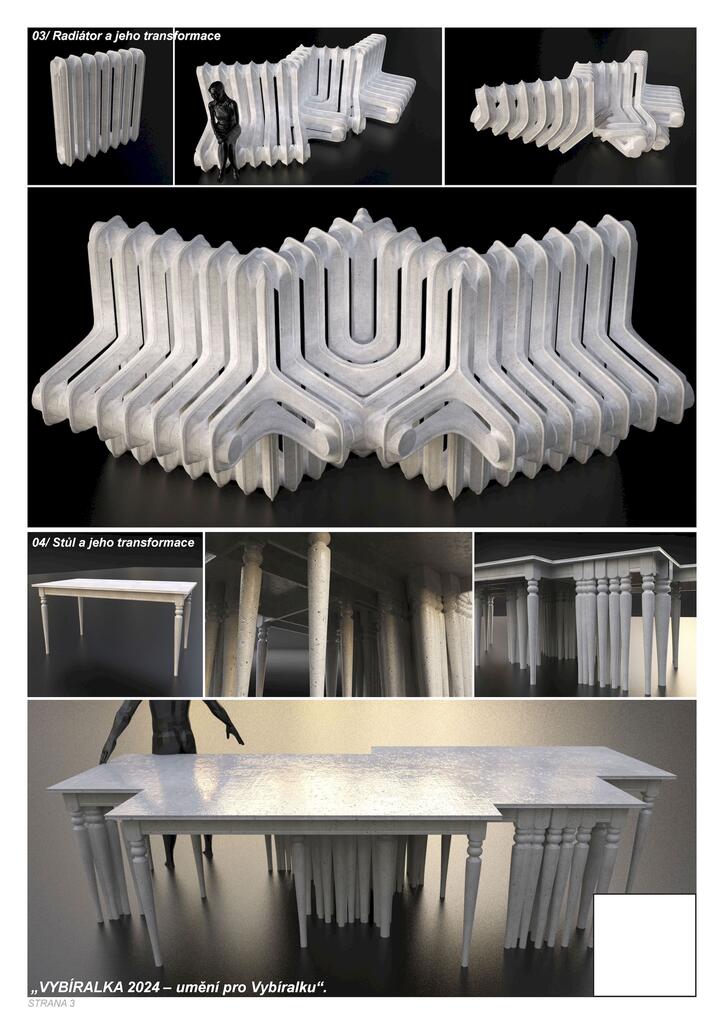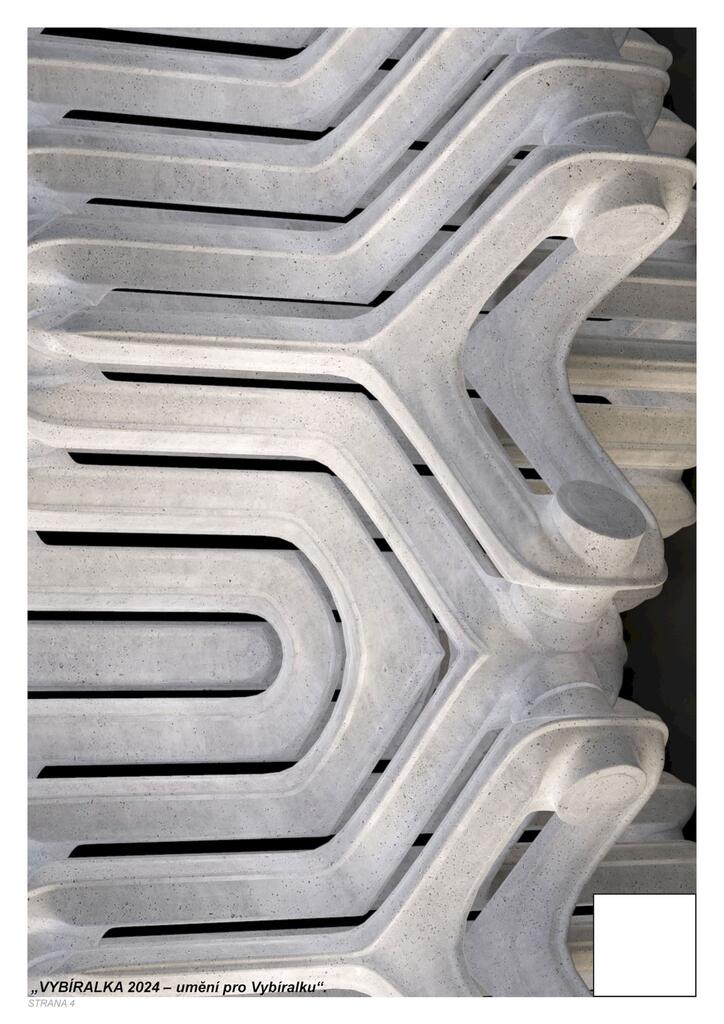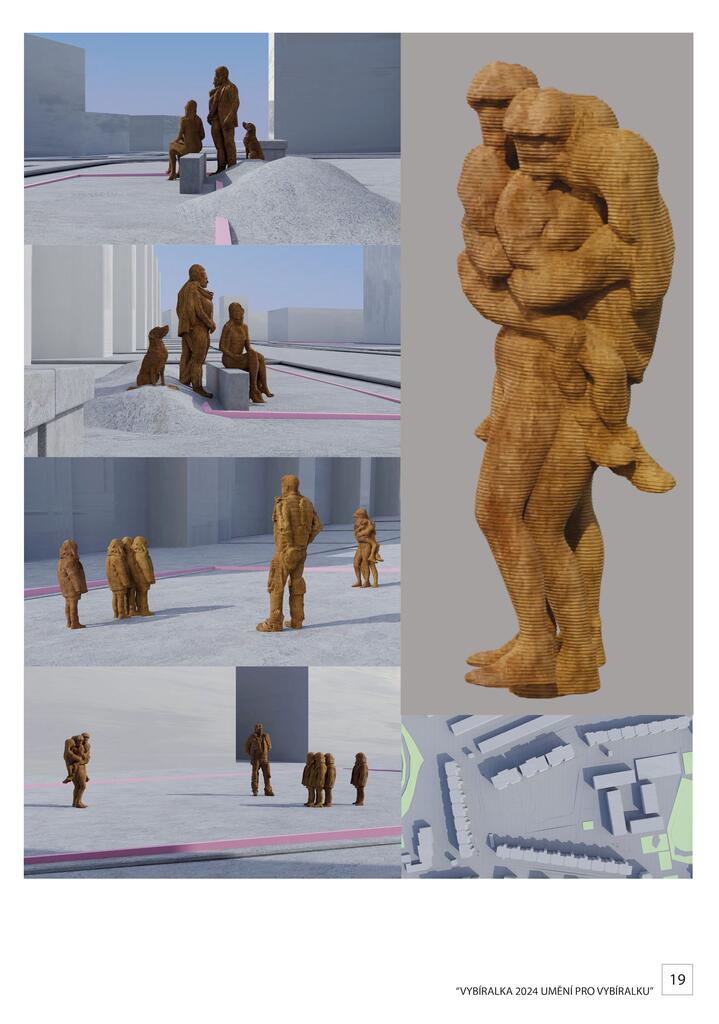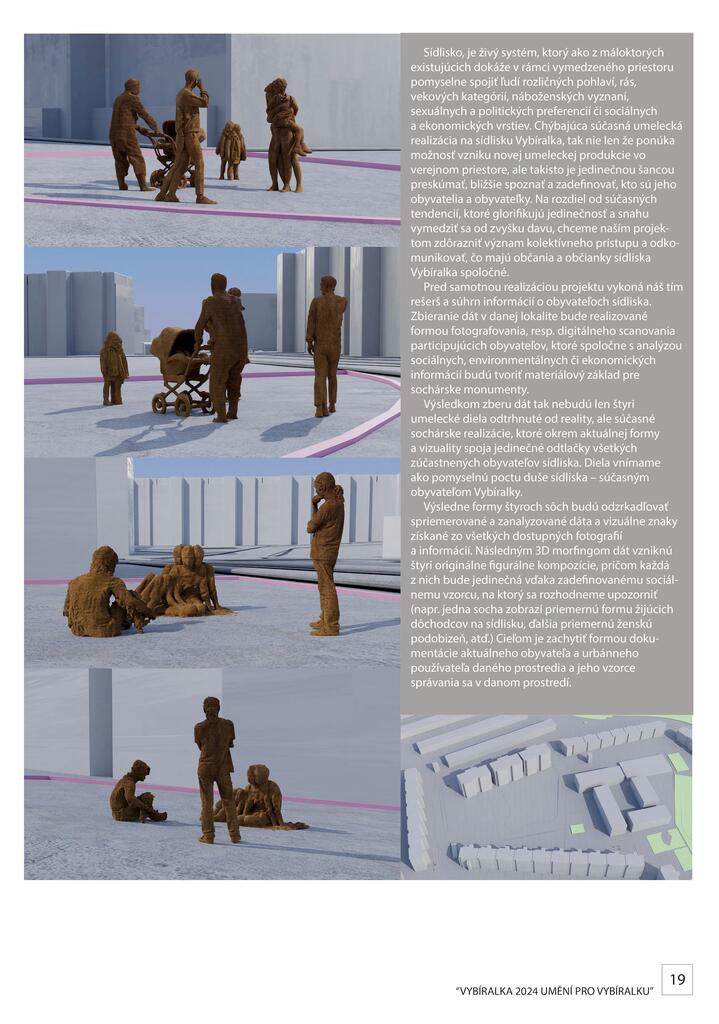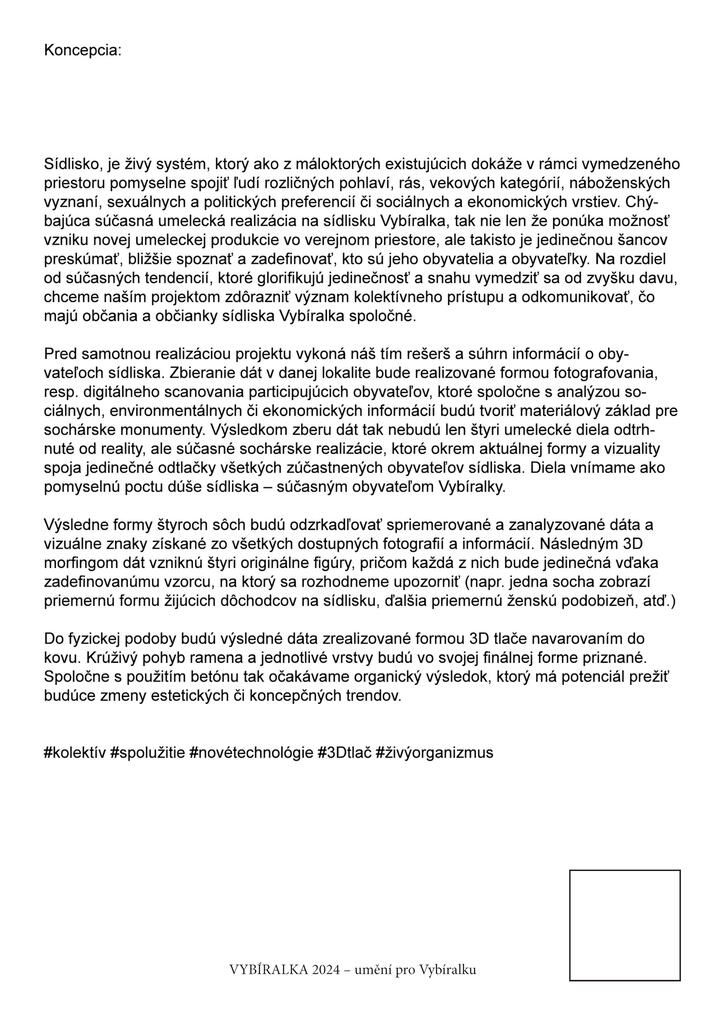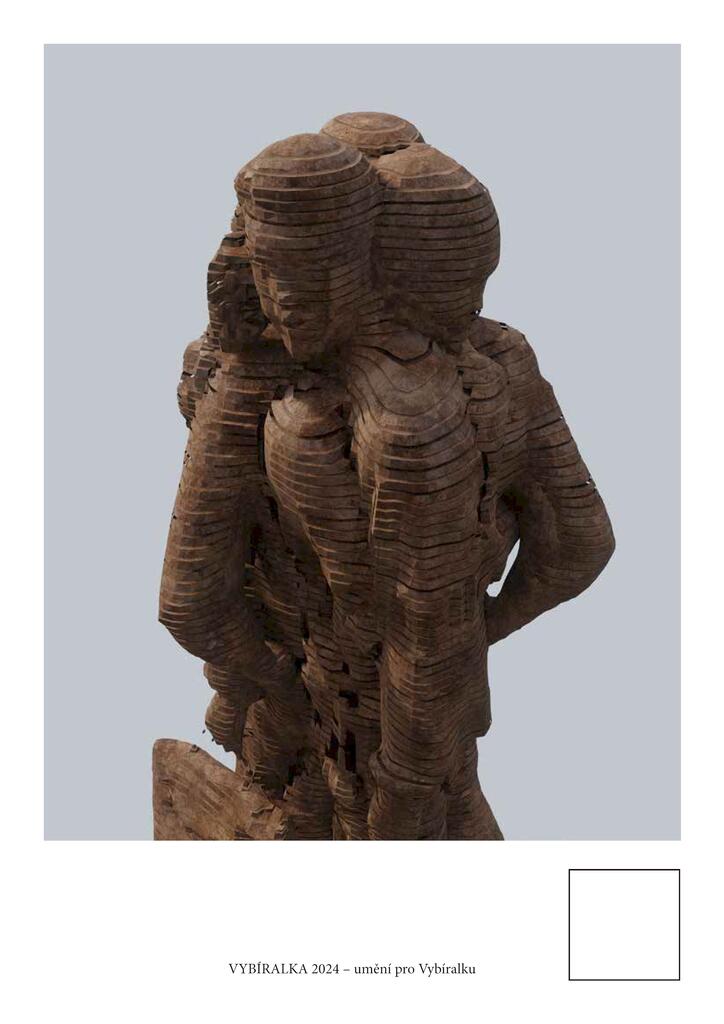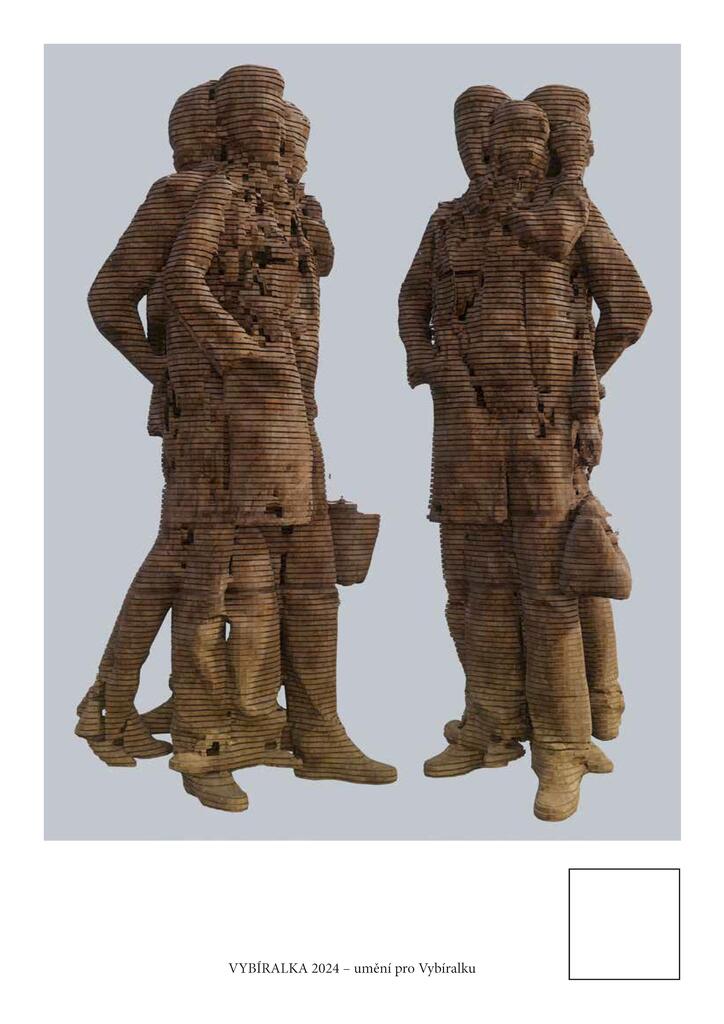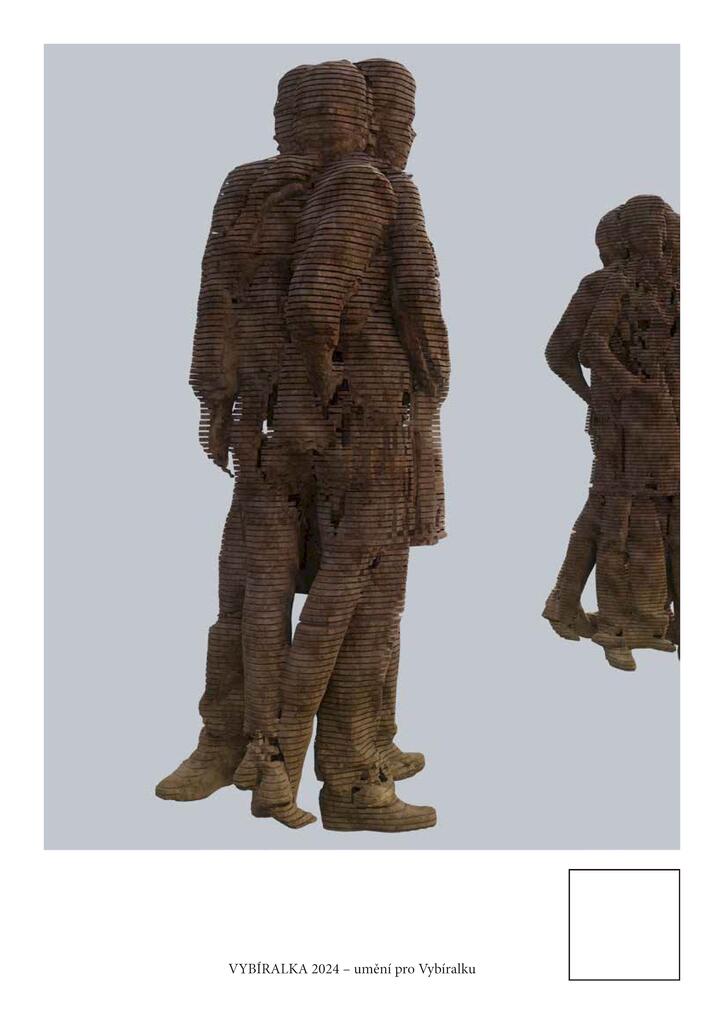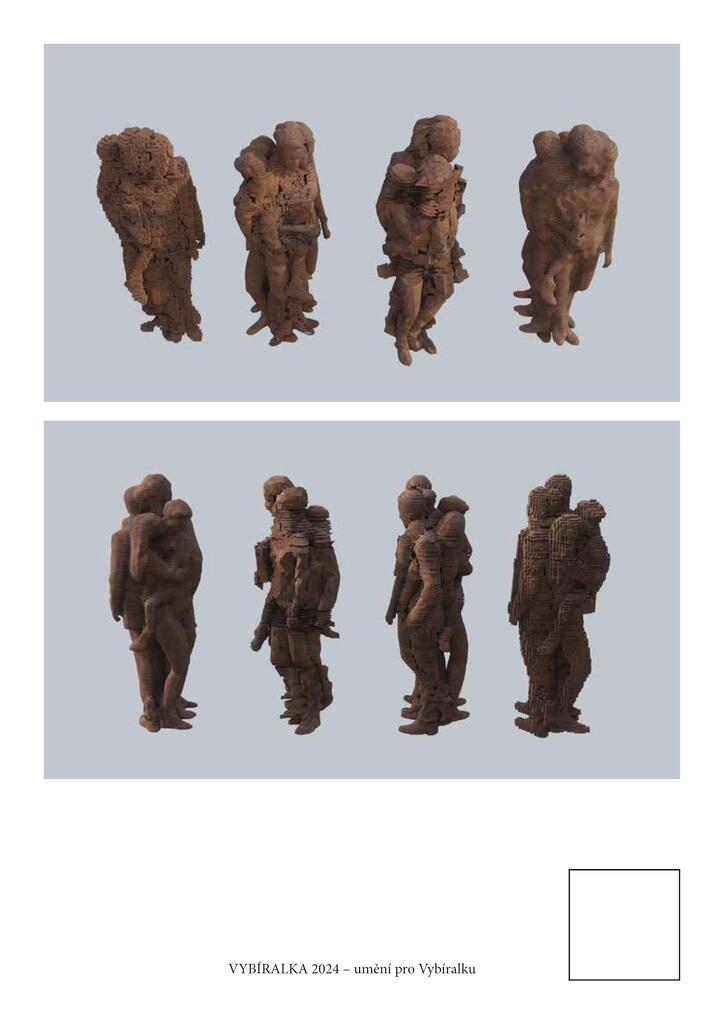- Author Radek Talaš
- Zlín
The jury appreciated the clear and straightforward (but not primitive) vision of the author(s) of proposal No.9. They perceive the settlement as a memory trace, where the inhabitants who were born or moved there as young people still live. The author(s) work with the primary experience of the "children of the estate," namely the iconic tubular climbing frames. However, these are no longer understood as a play element (the children have grown up, and the climbing frames no longer meet current safety standards) but as a formal aesthetic element, sculpture, or architecture, creating four places that acquire their identity. If we can perceive the pre-1989 era without dogmatism, then after successful implementation, we will not look at "enlarged socialist climbing frames" but at monuments to several generations of people who trained their motor skills or physical fitness on "the globe, the A or the donkey's back," which were not invented by socialist engineers but by the Dutch visionary, Aldo van Eyck. The jury also appreciated the game with scale, where once upon a time, children could feel like children again, staring at large tubular objects, trying to climb them one by one. What the jury also appreciated about the design was how easily it meets the hygienic requirements for maintenance in a public space, and how resistant it is to vandalism of various kinds.
